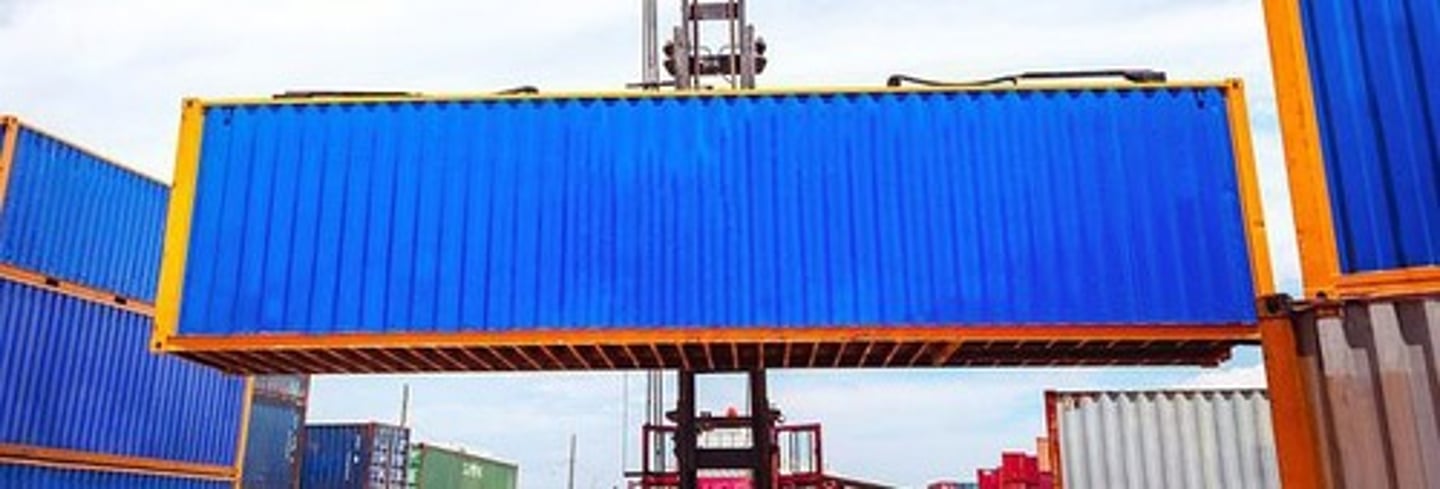Understanding International Trade and Protectionism
1/171
There's no tags or description
Looks like no tags are added yet.
Name | Mastery | Learn | Test | Matching | Spaced |
|---|
No study sessions yet.
172 Terms
International Trade
Exchange of goods and services between countries.
Exports
Selling goods and services to other countries.
Imports
Buying goods and services from other countries.
Balance of Payments
Exports minus imports; financial relationship metric.
Free Trade
International trade without government intervention.
Protectionism
Restricting trade to protect domestic industries.
Tariffs
Taxes on imported goods to raise prices.
Quotas
Limits on the quantity of imports allowed.
Trading Bloc
Group of countries with reduced trade barriers.
Single Market
Region allowing free movement of goods and services.
Specialisation
Focus on specific goods for efficiency and competitiveness.
Economies of Scale
Cost advantages from increased production levels.
Political Links
Improved relations through international trade.
Cultural Understanding
Enhanced knowledge of different cultures via trade.
Spread Risk
Diversifying markets to reduce business vulnerability.
Access to Resources
Obtaining materials and technologies from other countries.
Product Life Cycle
Stages of a product's market presence over time.
Seasonality
Variations in product demand based on seasons.
Domestic Employment
Protectionist measures aimed at preserving local jobs.
Infant Industries
New industries needing protection from foreign competition.
Externalities
Unintended consequences of economic activities on others.
Protectionist Measures
Strategies to restrict imports and protect domestic industries.
Tariffs
Taxes on imported goods, raising consumer prices.
Quotas
Limits on the volume of imports allowed.
Domestic Subsidies
Government payments to support local businesses.
Embargoes
Total bans on specific imported products.
Balance of Payments
Financial statement of a country's transactions.
Trading Blocs
Groups of countries trading freely with each other.
Preferential Trade Areas
Reduced trade barriers for selected goods among members.
Free Trade Areas
Elimination of trade barriers for all goods.
Customs Unions
Removal of internal trade barriers and common external tariffs.
Common Markets
Free movement of goods and factors of production.
Economic Unions
Combines customs union and common market features.
Russia Sanctions
Political measures affecting trade, e.g., on Syrian oil.
Health and Safety Inspections
Regulatory measures to ensure product safety.
Margaret Thatcher's View
Belief in limited protectionism for economic growth.
Donald Trump's Views
Advocated for protectionist policies to boost domestic jobs.
Specialisation
Focus on specific industries to enhance efficiency.
Political Measures
Actions taken by governments affecting trade dynamics.
Trade Liberalisation
Reduction of trade barriers to promote free trade.
Economic Climate
Current economic conditions influencing trade policies.
Squeeze on Domestic Industries
Pressure on local producers from foreign competition.
Cultural differences
Variations in customs affecting product acceptance.
Language barriers
Communication obstacles hindering international business.
Unintended meanings
Misinterpretations of marketing messages in different cultures.
Inappropriate translations
Errors in language leading to brand embarrassment.
Inappropriate branding
Marketing strategies unsuitable for target audiences.
Ansoff's matrix
Framework for assessing market growth strategies.
BRICS countries
Emerging markets: Brazil, Russia, India, China, South Africa.
Marketing budget
Allocated funds for promoting products effectively.
Domestic industries
Local businesses potentially harmed by international trade.
Trade bloc
Group of countries reducing trade barriers among members.
Cultural marketing
Tailoring promotions based on ethnic backgrounds.
Product adaptation
Modifying products to meet local preferences.
Market research
Gathering information to understand consumer needs.
Brand image
Public perception of a company's products.
Trade disadvantages
Negative impacts of international trade on local economies.
Subjective taste
Individual preferences influenced by culture and environment.
Marketing effectiveness
Success of promotional strategies in reaching consumers.
Cultural insight
Understanding diverse cultures for better business strategies.
Embarrassment from errors
Negative consequences of poor marketing translations.
Rebranding efforts
Strategies to recover from negative public perception.
International market challenges
Difficulties faced when entering new global markets.
International Trade
Buying and selling goods between countries.
Free Trade
Trade without barriers like tariffs or quotas.
Protectionism
Restraining trade through tariffs and quotas.
Tariffs
Taxes imposed on imported goods.
Quotas
Limits on the quantity of imports.
Trading Bloc
Group of countries reducing trade barriers among themselves.
Single Market
A unified market allowing free movement of goods.
Consumer Expectations
Desire for foreign goods based on global standards.
World Trade Organization (WTO)
International body promoting free trade globally.
Political Stability
Reduced risk of conflict through international trade.
Innovation
Development of new ideas driven by competition.
Containerisation
Use of standardized containers for efficient shipping.

Domestic Employment
Jobs preserved by limiting foreign imports.
Competitive Pressure
Market forces encouraging efficiency and innovation.
Subsidies
Government financial support to domestic industries.
Training Grants
Funds provided for workforce skill development.
Tax Concessions
Reduced taxes to support new industries.
Surpluses
Excess production available for trade.
Inward Investment
Foreign capital invested in domestic industries.
Up-skilling
Improving workforce skills through training.
Natural Resources
Raw materials available in different countries.
Human Resources
Labor force with varying skills across nations.
Cross-border deregulation
Facilitates easier international trade among nations.
Trading blocs
Groups of countries promoting trade among themselves.
European Union (EU)
Political and economic union of European countries.
North American Free Trade Agreement (NAFTA)
Trade agreement between the US, Canada, and Mexico.
Free trade
International trade without barriers like tariffs.
Dumping
Selling goods below cost to eliminate competition.
Monopoly profits
Excessive profits after eliminating competition.
Resource efficiency
Optimal use of resources to lower production costs.
Free trade area
Region with no tariffs or quotas on trade.
Product differentiation
Distinguishing products to attract consumers internationally.
Single market
Free movement of goods, services, and people.
Common external tariff
Unified tariff on imports for all members.
Protectionism
Government actions to restrict imports and protect domestic industries.
Quotas
Limits on the quantity of goods imported.
Tariffs
Taxes on imported goods to restrict imports.